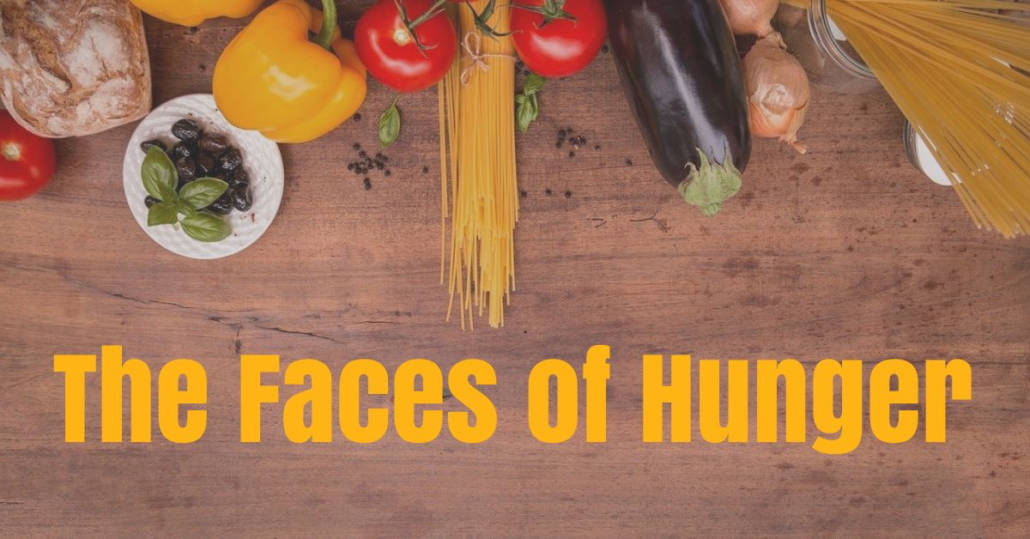The Faces of Hunger

By Barbara Sprague
Executive Director
Food banks often only work behind the scenes to ensure those agencies who serve the public directly are well supplied with nutritious foods. Much like a distribution center for a supermarket, we deal with semi-truck loads of food by the pallet, but rarely do we have an opportunity to meet the thousands of neighbors in need that we ultimately serve.
Until Michael called. Living many states away and with a growing concern for his sister who lives locally, Michael phoned the area food bank for some guidance and happened to connect to me. As we spoke, I learned that his sister Ruth has suffered through a terrible marriage full of domestic violence. With a divorce, no financial support, a home to care for and a severe depression setting in, Ruth had become distant, withdrawn, unable to eat and on the verge of becoming homeless. Poor Michael was beside himself as the COVID-19 pandemic had closed him off from any opportunity to visit her and care for his stricken sister.
Although we deal with pallets and pounds, we are also here to provide to those in need and Ruth was certainly no exception. I explained to Michael how our network of pantries, soup kitchens and shelters function on the front line while we help to flow food in mass amounts through them. With the pandemic spiking needy clients by 300-400% and Ruth’s fragile state, I knew an emergency intervention was needed. Armed with a box of assorted fruit, vegetables, prepared meals and a salvaged bouquet of flowers, I took down her address and headed to see Ruth.
Tucked away on a quiet street in a lovely subdivision was a forlorn house. Ruth took a few minutes to answer, but eventually opened the door and graciously accepted my box of food. As we chatted, I encouraged Ruth to partake of the list of our agencies who locally distribute food and other assistance. She explained that she had started to investigate some programs to help her get back on her feet, but the tags on her car had expired, she had run out of money, had no source of income and was pretty frankly embarrassed by the path life had taken her on. She felt so ashamed she couldn’t face her family, friends or even neighbors.
It struck me hard that this lovely lady had weathered a storm but was left so beaten down that her body had recovered, but her spirit just couldn’t. I knew our agencies and believed wholeheartedly that one of them would embrace Ruth and be able to offer much more than a meal.
“Of course I will! I’ll go over and see her today.” Ms. Lorraine Adams manages the food pantry and Celebrate Recovery meals for the Lifetree Center, but also has the compassion and strength to be a solid shoulder for those in need of emotional support. I had a feeling she was just the right person Ruth needed in her life.
Just an hour later Lorraine checked back in with me. “She was apprehensive, but we chatted and made a date to go to lunch.” What? My heart sang! Lorraine made several more visits and quickly convinced Ruth to step back into the world with her right by her side. “I’ve got this,” she told me. Ruth has been through an awful lot, but these are exactly the people we want to reach and help.
The good reports kept coming. With Lorraine’s help, Ruth has started taking care of herself, has gotten her car back on the road, has started applying for jobs and is planning her future with the possibility of roommates, “like the Golden Girls”. This is what a community support system is all about. Organizations connecting each other to the people who truly need them so that our community prospers person, by person.
“We can’t thank you enough for everything you have done to help our family,” said Michael. I told him how much I appreciated his kind words, but that it was not only my pleasure to help make connections for Ruth, but the reason why we exist. We do not just feed to end hunger, but we nourish hope as well.


